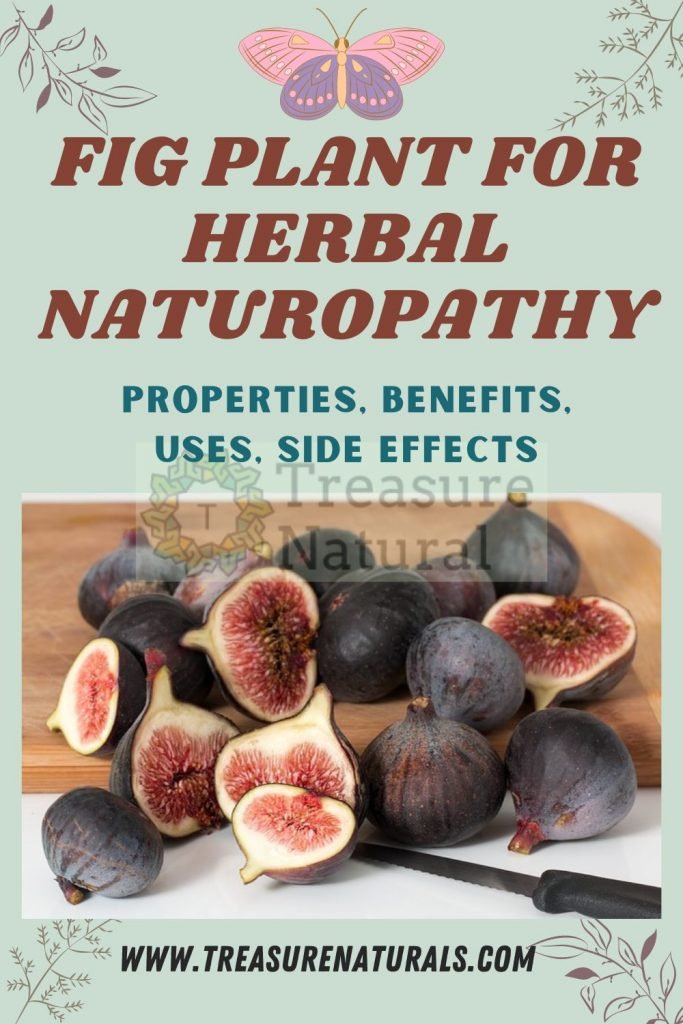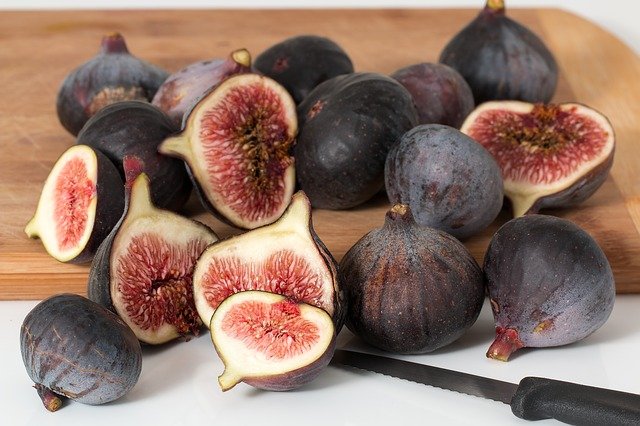
The fig (Ficus carica) is a plant of the Moraceae family. Rich in calcium and vitamin A, it is useful against anemia and as a digestive and anti- inflammatory. Let’s find out better.
Properties of the fig
The bud extract of the fig plant obtained from meristematic extracts acts in acute or chronic psychosomatic forms affecting the gastrointestinal system. This activity is attributable to the digestive enzymes contained in the buds. Furthermore: furocoumarin compounds, sugars, mucilages have been isolated.
Its intake regulates gastric motility and normalizes the secretion of digestive juices, exerting an anti-inflammatory action on the mucous membranes. It is therefore used in the treatment of gastroduodenal ulcers, gastritis, colitis, in neurovegetative dystonias, and as an adjuvant for digestive problems affecting the stomach (digestive difficulties from high-protein diets, postprandial sleepiness and epigastric heaviness).
Fresh fruits are rich in calcium, an essential mineral in bone formation, because it increases density and facilitates their correct development; and iron, useful in people with anemia.
Figs also contain very high concentrations of potassium and trace amounts of vitamin A. The presence of vitamins and mineral salts make them good remineralizers and it is possible to integrate them in the diet of children, the elderly, pregnant women and athletes, for their excellent contribution of energy.
Figs also have a laxative action, due to the high fiber content, including lignin, which is very effective in combating intestinal disorders or chronic constipation.
How to use
INTERNAL USE
The glycerin macerate of the buds: 40-50 gc in two daily doses, away from meals
Contraindications of the fig
Fruits are a food not recommended for those suffering from diabetes and for obese people, respectively for the considerable presence of sugars and for the high caloric intake.
Description of the plant
It is a tree with a short and branchy trunk that can reach heights of 6 – 10 m; the bark is finely wrinkled and gray-ashy in color; the branches are rich in pith with sharp terminal buds covered by two green or brownish scales.
The leaves are large, rough, oblong, coarsely lobed with 3-5 lobes, dark green on the upper part, paler and covered with a slight down on the lower one.
What is commonly considered the fruit of the fig is actually a large fleshy infructescence, called “ syconium ”, pear-shaped, rich in sugars when ripe, varying in color from green to reddish to bluish-purple, hollow.
Inside the syconium are enclosed the unisexual flowers, very small; a small apical opening, called ostiole, allows the entry of the pollinating hymenoptera; the real fruits, which develop inside the inflorescence, are very numerous small achenes. The pulp surrounding the fruits is succulent and sweet, and constitutes the edible part.
The habitat of the fig tree
If by definition it is called “Mediterranean fig“, it is also considered historically native and common to the Caucasian regions and the Black Sea. Only after the discovery of America did the fig spread to that continent, following contacts with the East it was widespread in China and Japan.
Background

The botanical name charged refers to its origins which are traced back to Caria, a region of Asia Minor. Evidence of its cultivation can already be found in the first agricultural civilizations of Mesopotamia, Palestine and Egypt, from which it subsequently spread throughout the Mediterranean Sea basin.
In Greek mythology the titan Sykeus, (from syke, fig), to escape Zeus who was chasing him, would have taken refuge with his mother Gea, the earth. Thus she would then have raised her tree from her womb, which took the name of her son.
In ancient times it was forbidden to export these fruits, considered a basic necessity product. If we ate figs belonging to votive trees, we were punished for sacrilege. Sacred species for Hindus and Buddhists who consider them a symbol of knowledge and truth.
In the Old Testament it is reported that Adam and Eve, to cover their nakedness because of the shame that sin caused, they took off some fig leaves; subsequently together with the vine, it became a symbol not only of fertility, but also of joyful life in the messianic kingdom.
According to popular medicine, the latex contained in the leaves is an excellent remedy for the treatment and elimination of warts. The shape of its fruits, once opened, recalls that of the stomach and the uterus, so following the criteria of the Theory of Signatures, it was used in the treatment of gastric disorders and to ensure fertility.






